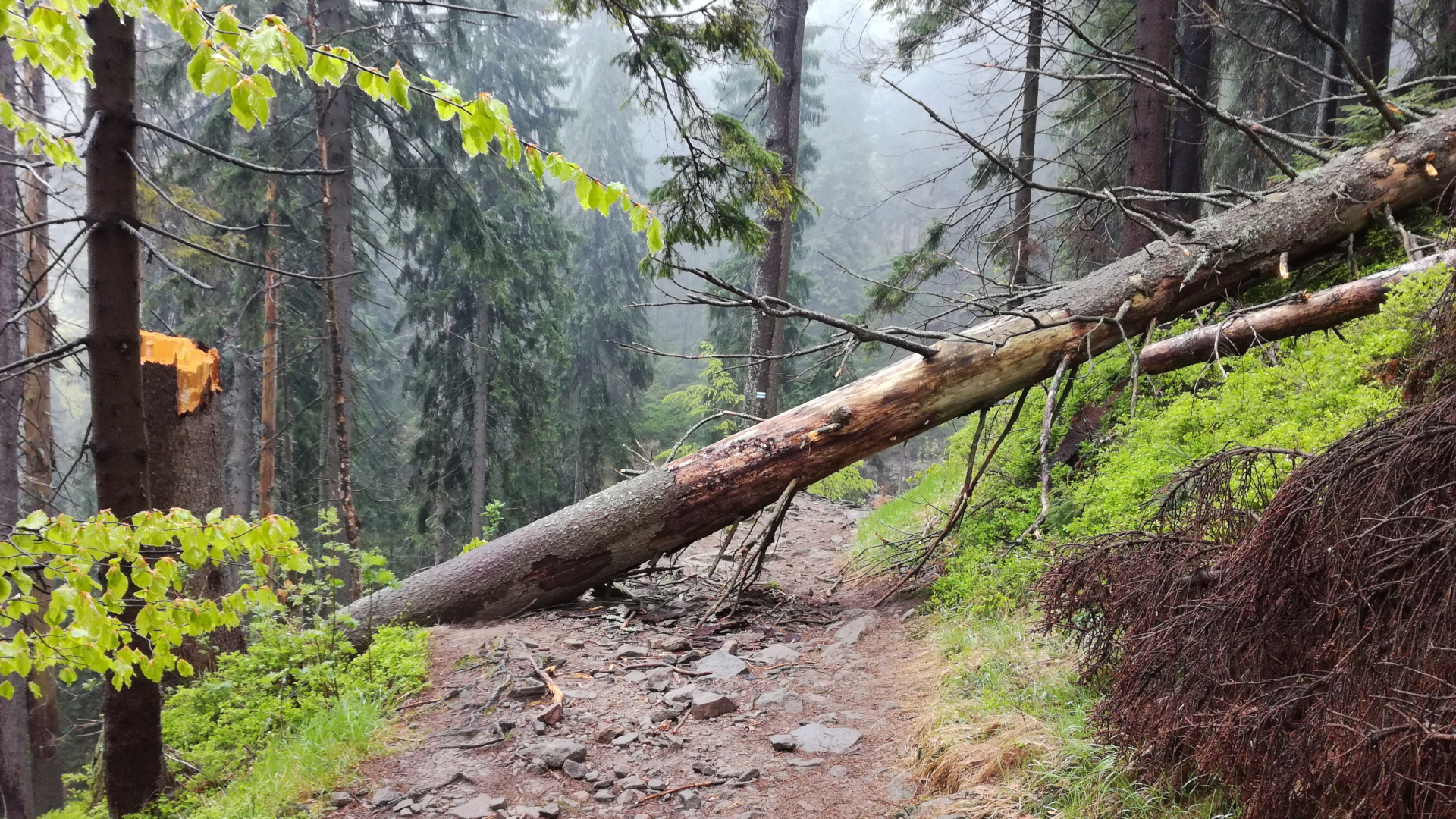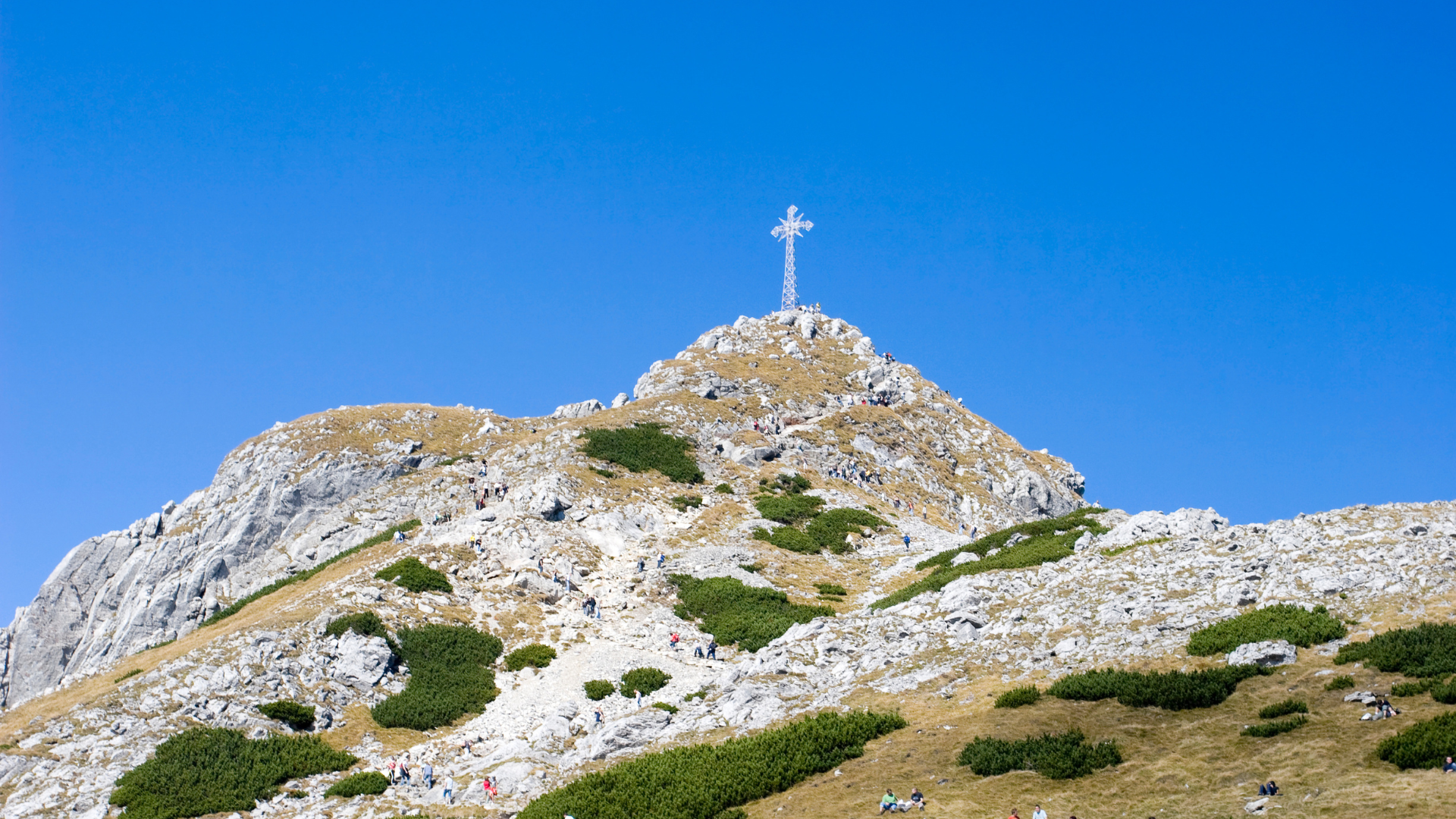Hiker crushed to death by falling tree on popular Yosemite trail
Park officials report high wind gusts on the day the incident occurred

An Australian man has been crushed to death by a falling tree while hiking on a popular trail in Yosemite National Park. The news comes just weeks after the body of an experienced hiker was found in the park after a two-week disappearance.
According to reporting by SF Gate, the incident took place on October 8 when 22-year-old Harry Partington was hiking the Four Mile Trail, a strenuous 4.8-mile one-way trail that takes hikers from the valley floor all the way up to the south rim for views of Yosemite Falls.
Park officials reported high wind gusts on the day but declined further comment pending investigation. Another hiker, a German woman who was not with Partington, was also injured and airlifted from the scene.
This year has already seen several hikers killed by falling trees around the country – also known as hazard trees. In March, a 39-year-old woman was struck by a falling tree and killed while hiking at popular Dickerson Falls in Washington. In May, a 20-year-old man was killed during high winds when hiking at Monarch Lake in Colorado less than two weeks after a 52-year-old ski resort worker was killed in the same state.

What's your risk of being hit by a falling tree on the trail?
Your risk of being hit by a falling tree is very low, but as this news reveals, these incidents do occur and can be deadly.
Though hazard trees are often associated with windy weather, there are other reasons why a tree might become structurally unsound, and not all of them are easy to spot with the naked eye.
Diseases and rot can plague trees that appear healthy on the outside – a rotting base was responsible for a tree that killed a German hiker on the Pacific Crest Trail in 2019. A dead tree often falls onto another tree which can compromise the roots of that healthy tree, while heavy rains can make the roots of a healthy tree unsound enough to fell it.
Advnture Newsletter
All the latest inspiration, tips and guides to help you plan your next Advnture!
Though it may not always be possible to protect yourself from hazard trees on a hike, there are some steps you can take.
- Check the weather forecast for wind gusts and high winds.
- Use clearings to stop for breaks away from trees.
- Avoid hiking in areas with dense patches of dead trees such as burn scars and beetle kill areas.
- Report the GPS coordinates of hazard trees you encounter to local authorities.
- Carry a satellite communicator such as a Garmin InReach when venturing into wilderness areas in case you need to signal for help and cell service isn't available.
Learn more in our article on hazard trees.
Julia Clarke is a staff writer for Advnture.com and the author of the book Restorative Yoga for Beginners. She loves to explore mountains on foot, bike, skis and belay and then recover on the the yoga mat. Julia graduated with a degree in journalism in 2004 and spent eight years working as a radio presenter in Kansas City, Vermont, Boston and New York City before discovering the joys of the Rocky Mountains. She then detoured west to Colorado and enjoyed 11 years teaching yoga in Vail before returning to her hometown of Glasgow, Scotland in 2020 to focus on family and writing.

